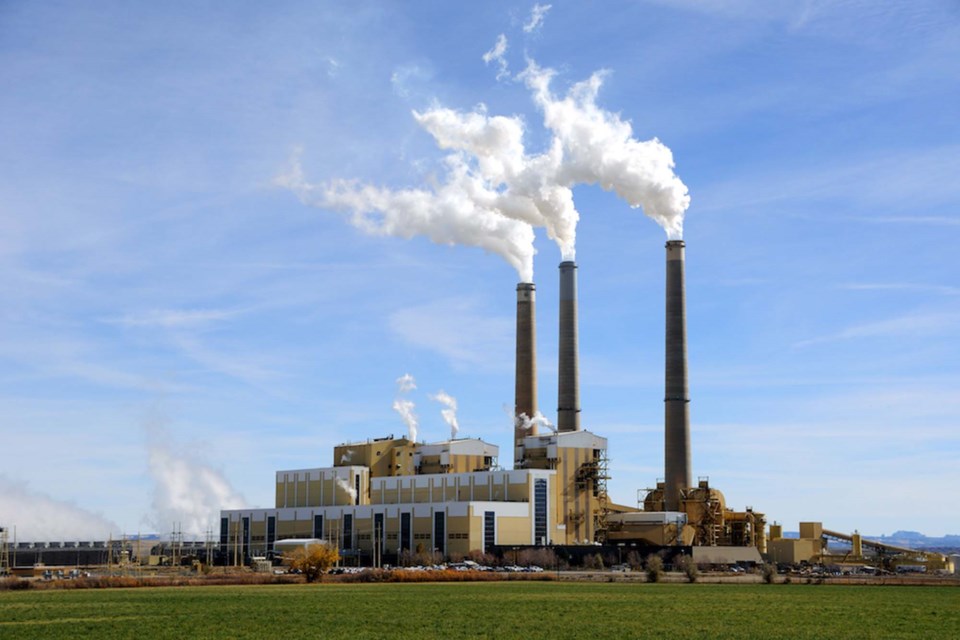Great West Media has received federal government funding to support a reporter to cover climate in Alberta.
Jen Henderson will feature in-depth reporting on where Alberta is at with actions to reduce carbon emissions and generation of less carbon-intensive energy, along with climate issues across the province as they intersect with industry, business, the environment, the economy, communities, and lifestyles.
Henderson has spent the last two years covering issues related to rural Alberta, funded through the Local Journalism Initiative.
If you have a story idea, please email [email protected].
The federal government is looking to future-proof carbon prices in Canada and experts say the move could give certainty to investors.
In March the federal government released its 2030 Emissions Reduction Plan, which included a stipulation that would increase the long-term certainty of carbon prices to help ease investors' minds.
Tristan Goodman, president of The Explorers and Producers Association of Canada, a national lobby group representing Canada's oil and gas industry, said fluctuating carbon prices can be a risk that scares investors away.
“One Parliament can't bind to future Parliaments, so we get very nervous around that,” Goodman said.
Investors will arrive looking to start projects, but there is a risk a change in government or political attitude will result in the carbon price being altered, reduced, or removed.
To create more stability between governments, Ottawa is hoping to create more stability by creating more certainty with the future of carbon pricing.
“When a business makes a decision, and the carbon price is part of that decision, it's a bit unfair to pull the rug out [from under] them later,” Goodman said.
A lot of businesses are trying to add clean technology to their operations, Goodman said, and the economics around that will depend on the carbon price.
The federal government's move won't prevent anyone from changing the price of carbon in the future, however it will protect the industry from financial fluctuations around it, Goodman said.
“There will be protections to the industry who have relied on [the price] to create those investments and jobs and build up those facilities that reduce those emissions,” Goodman said.
The federal initiative, known as carbon contracts for differences (CCFD), would enshrine future price levels in contracts between the government and low-carbon project investors, thereby de‑risking private-sector low-carbon investments, the emissions plan read.
This type of plan has been used elsewhere, and even in the province of Alberta for the renewable electricity program (REP), said Jan Gorski, the director of oil and gas at the Pembina Institute.
“They procured a lot of wind with the former government, and the way they did that was with a contract for differences,” Gorski said.
How it worked, Gorski said, was the government picked a price for the contract, such as $0.40 per kilowatt hour for electricity, and if the price is higher at any given time, the government keeps the extra dollars. If the price is lower, the government pays the difference.
A C.D. Howe Institute report released in 2021 by Dale Beugin, the vice-president for research and analysis with the Canadian Institute for Climate Choices, and Blake Shaffer, an assistant professor at the University of Calgary and an energy policy fellow at the C.D. Howe Institute, said the plan could work by having the Canada Infrastructure Bank (CIB) create a form of insurance for future carbon pricing.
The risk that the carbon price might change would be taken over by the CIB rather than the company, which would ease the minds of investors.
The Technology Innovation and Emissions Reduction (TIER) Regulation is Alberta's industrial greenhouse-gas emission pricing regulation and trading system. About 60 per cent of Alberta's emissions are regulated by TIER. A company submits emissions performance credits and can obtain credits by purchasing them from other emitters.
Businesses that are under the benchmark receive credits they can bank or trade, while emitters who go over the limit will have to pay. As the carbon price increases, so will the compliance costs for going over the benchmark for each facility. The price of credits companies can earn for staying under their benchmark also increases in value.
Companies with large emissions calculate the costs and savings of their emissions in the TIER program when deciding to undertake a project in the province, and if the carbon price changes unexpectedly, the company could face millions more in costs, which is why investors want to see carbon-price predictability.
The exact details of the federal government's plans have not been ironed out yet.



